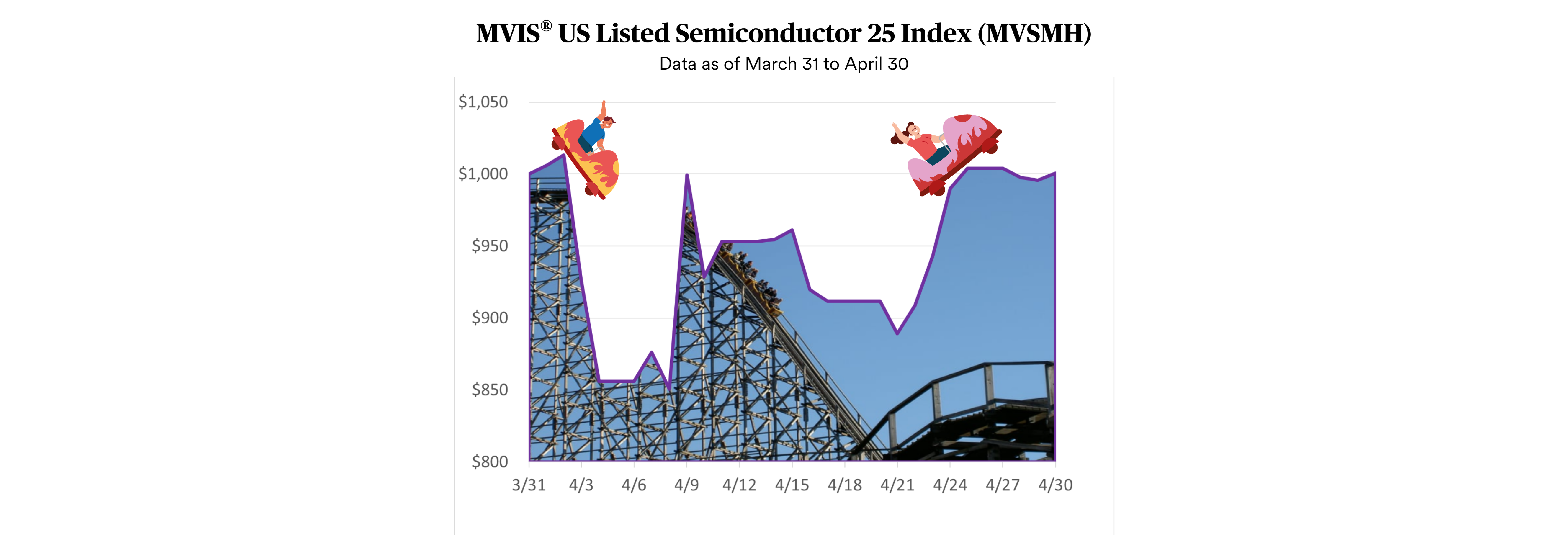Despite falling crypto prices, we see protocols with increasing fundamentals. ENS is such an example. Ethereum Name Service (ENS) is a domain name registry protocol that maps a readable name (e.g. name.eth) to an Ethereum address.
What is ENS? You can register a domain name via the blockchain. Domain names are digital assets that map IP addresses to more human-readable names (e.g. 145.253.108 to mvis-indices.com). ENS takes the same concept of the Domain Name Service (DNS), which mapped simple website names to their IP addresses, to make crypto addresses easy to read and share. ENS replaces the complicated public address and replaces it with a simple name that is easy to read and easy to remember. Something like “0xb794f5ea0ba39494ce839613fffba74279579268” becomes as simple as “Bob.eth.” However, unlike the Domain Name System, ENS is a completely open, decentralized, not-for-profit naming system that's Web3-friendly.
What service do you get? You can use you ENS address as your Web3 identity or use it to receive payments in the Ethereum network. The user has full control over the address. In conjunction with the interplanetary file system (IPFS), the ENS address can be used for a decentralized website.
MVIS® CryptoCompare Infrastructure Application Index
30/05/2021-30/05/2022

Source: MarketVector Indexes. All values are rebased to 100. Data as of 30 May 2022.
The Count of .eth Monthly Registrations

Source: Dune, Data as of 30 May 2022
As the chart shows, people like the ENS service. While cryptocurrency and NFT markets have generally been facing headwinds in recent weeks, the ENS project has been undergoing staggering growth. According to the founder and lead developer Nick Johnson, May 2022 was already the protocol’s new best month for income, new users, returning users, registrations, renewals, and revenues.
It’s during crypto winter, where you can see which protocols and products have a sustainable use case. Do you like the token just to speculate or because you like the underlying product? ENS is part of the MVIS® CryptoCompare Infrastructure Application Index (ticker: MVIAP). As infrastructure application protocols scale and enable functionality across multiple smart contract protocols, we expect the data availability and thus valuation visibility to improve.
Get the latest news & insights from MarketVector
Get the newsletterRelated:
About the Author:
Martin Leinweber is an expert in fundamental and quantitative trading strategies. He sees cryptoassets as a fundamental building block for investors to achieve their return targets in a low interest rate environment. He works as a Digital Asset Product Strategist at MarketVector Indexes providing thought leadership in an emerging asset class. His role encompasses product development, research and the communication with the client base of MarketVector Indexes. Prior to joining MarketVector Indexes, he worked as a portfolio manager for equities, fixed income and alternative investments for almost two decades. He was responsible for the management of active funds for institutional investors such as insurance companies, pension funds and sovereign wealth funds at the leading German quantitative asset manager Quoniam. Previously, he held various positions at one of Germany's largest asset managers, MEAG, the asset manager of Munich Re and ERGO. Among other things, he contributed his expertise and international experience to the establishment of a joint venture with the largest Chinese insurance company PICC in Shanghai and Bejing. Martin Leinweber is co-author of „Asset-Allokation mit Kryptoassets. Das Handbuch“ (Wiley Finance, 2021). It’s the first handbook about integrating digital assets into traditional portfolios. He has a Master in Economics from the University of Hohenheim and is a CFA Charterholder.
The article above is an opinion of the author and does not necessarily reflect the opinion of MarketVector Indexes or its affiliates.




